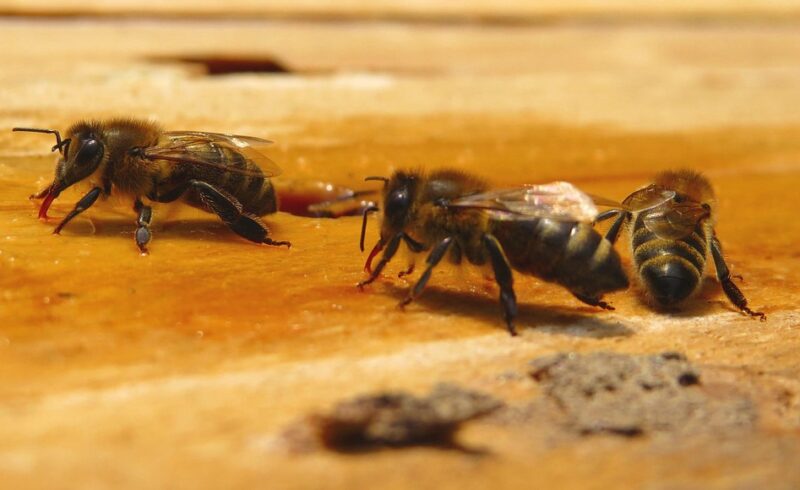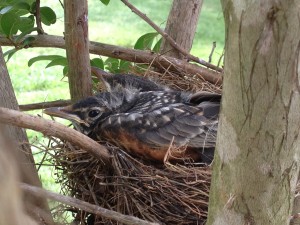
Insects don’t communicate in the way that humans do, but that doesn’t mean that they don’t have their own language. As a child, I was obsessed with watching fireflies glow, which made me question the reason they glow. When I learned that fireflies flash in order to communicate with other fireflies, I began to wonder about other insect communication.
I discovered that insects’ language allows them to communicate with each other in potentially dangerous situations. It also allows the insect to communicate its location to the rest of the group. Insects also use communication to recognize other insects related to them. Below are some communication styles used by three frequently observed insects.
Fireflies
Some species of fireflies are bioluminescent, which means that they produce their own source of light to glow or flash. Each species of firefly flashes in different ways to signal to the rest of their species. Some fireflies glow for a couple of seconds, while others might flash rapidly a certain number of times. Male fireflies also use their flash to attract female fireflies. Some female fireflies have also begun to mimic the male fireflies in order to attract a female firefly for a meal.
Honeybees
Honeybees are known for their main communication style: dancing. Honeybees use dancing in order to communicate information to the rest of the hive. They have different dances for different pieces of information. For example, when signaling to the rest of the hive that there is a nectar source close by, a honeybee will perform a “round dance.” During a round dance, a honeybee dances in circles and changes direction. The more the bee changes direction, the better quality the nectar source is.
Butterflies
Butterflies use the color of their wings to communicate the type of species they are to other butterflies as well as other insects. Some butterflies use their colorful wings to warn off predators. However, the color of their wings can also make some butterflies a target for predators. To hide from predators that recognize their wing color, these butterflies can simply fold their wings. The undersides of some butterflies’ wings are more muted than the color on the top. For example, a bright orange on the top of the wings might translate to a darker burnt orange on the underside of the wings.
Butterflies can also use their wings to attract a mate. Many insects can detect ultraviolet light, which humans are unable to see. For example, the female cabbage butterflies take advantage of this with the ultraviolet-reflective scales on the tops of their wings. This means that when they fly, they briefly flash their ultraviolet scales, allowing a male cabbage butterfly to see a potential mate’s flight pattern. You can find out more information about butterfly communication HERE.
These are just a few of the ways that insects communicate with each other. Some insects can also give off certain smells that make them unattractive to predators. Others use auditory cues to tell other insects their location. Although insects may not communicate in the way that humans do, they continue to astound us with their different languages.
Learn More
Want to learn more? Check out these great articles from NC State Agriculture and Life Sciences:










